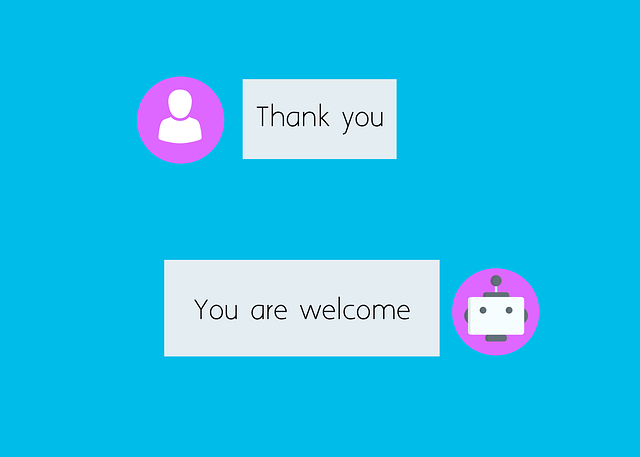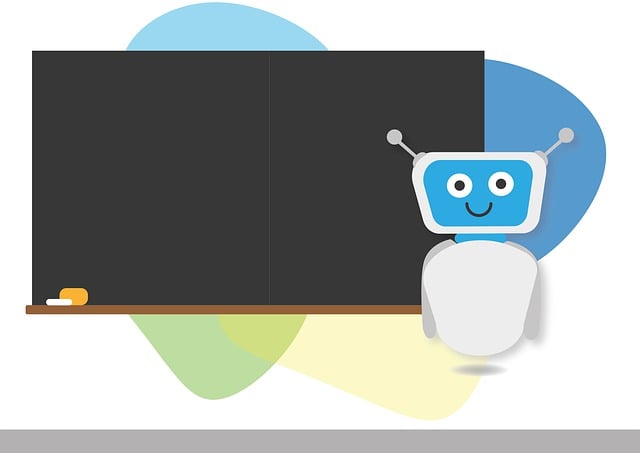Chatbot integration on Shopify (chatbot Shopify) offers 24/7 customer support using NLP to understand and adapt to user queries. They automate tasks like FAQs, checkout guidance, and personalized product recommendations, enhancing experiences, driving sales, and saving resources. Implement a chatbot from platforms like ManyChat or MobileMonkey via simple integration; design responses and workflows tailored to your brand; set up offline triggers; test, optimize, and continuously update the chatbot's knowledge base for maximum engagement and user satisfaction.
Looking to boost your Shopify store’s customer engagement? Chatbots are a game-changer, offering 24/7 support and personalized shopping experiences. This guide dives into the world of chatbot integration on Shopify, exploring key benefits and must-have features. We’ll walk you through a step-by-step implementation process and share best practices to optimize your chatbot for maximum impact. Unlock the power of chatbots to revolutionize your online retail experience.
- Understanding Chatbot Integration on Shopify: Benefits and Key Features
- How to Implement a Chatbot on Your Shopify Store: Step-by-Step Guide
- Best Practices for Optimizing Shopify Chatbots for Enhanced Customer Engagement
Understanding Chatbot Integration on Shopify: Benefits and Key Features

Chatbot integration on Shopify is a game-changer for e-commerce businesses, offering seamless and intelligent customer support. This technology allows brands to enhance user experiences by providing instant, 24/7 assistance to shoppers, which can lead to increased sales and improved retention rates. By integrating chatbots, Shopify stores can automate various tasks, such as answering frequently asked questions, guiding customers through the checkout process, and offering personalized product recommendations based on individual preferences and browsing history.
The key features of chatbot Shopify integration include natural language processing (NLP) capabilities that enable chatbots to understand user queries more accurately. These intelligent bots can learn from customer interactions, adapt their responses over time, and even escalate complex issues to human agents when needed. This dynamic approach ensures that customers receive relevant and timely support while businesses save resources by automating routine inquiries.
How to Implement a Chatbot on Your Shopify Store: Step-by-Step Guide

Implementing a chatbot on your Shopify store is an effective way to enhance customer engagement and streamline support services. Here’s a step-by-step guide tailored for seamless integration:
1. Choose a suitable chatbot platform: Select a reliable chatbot provider that offers robust features and seamless Shopify integration, like ManyChat or MobileMonkey. Ensure the platform aligns with your store’s requirements and provides advanced functionalities such as automated messaging, product recommendations, and customer data collection.
2. Integrate the chatbot with your Shopify store: Most chatbot platforms offer simple integration processes. Follow the provider’s instructions to connect your Shopify store to their service. This usually involves logging into your Shopify admin panel, granting permissions, and copying a provided snippet of code to insert into your website’s backend. Once integrated, customize the chatbot’s appearance and messaging to match your brand identity.
3. Design and train your chatbot: Tailor the chatbot’s responses and workflows to fit your store’s unique needs. Define user intents and create relevant messages for each scenario, from answering frequently asked questions to guiding customers through purchase processes. Use the platform’s training tools to teach the chatbot how to interpret user inputs accurately.
4. Set up automated triggers and workflows: Configure automated responses that trigger based on user interactions or specific conditions. For example, set up a welcome message for new visitors, product recommendations based on browsing history, or abandoned cart reminders. These workflows ensure consistent engagement even when store owners or customer service representatives are offline.
5. Test and optimize your chatbot: Before going live, thoroughly test the chatbot to identify any issues or inaccuracies in its responses. Engage with the chatbot as a typical user would to ensure it provides valuable assistance. Continuously monitor its performance, gather user feedback, and update its training data to enhance accuracy and effectiveness over time.
Best Practices for Optimizing Shopify Chatbots for Enhanced Customer Engagement

To optimize Shopify chatbots for enhanced customer engagement, begin by understanding your customers’ needs and pain points. A well-designed chatbot should be able to address frequent queries, provide product recommendations, and guide users through the checkout process seamlessly. Incorporate natural language processing (NLP) capabilities to enable the chatbot to understand and respond to a wide range of user inputs, ensuring a human-like conversation flow. Personalization is key; leveraging customer data to tailor interactions can significantly boost engagement levels. For instance, using previous purchase history or browsing behavior to offer relevant product suggestions makes the chatbot more effective.
Regularly update and refine your chatbot’s knowledge base to keep up with changes in products, pricing, or promotions. Monitor user interactions through analytics tools to identify areas where the chatbot may be failing to meet expectations. Based on these insights, continuously improve the bot’s ability to handle complex queries accurately. Additionally, ensure the chatbot is integrated seamlessly into your Shopify store’s design and functionality, providing a smooth, intuitive experience for all users.
Chatbots are transforming the way Shopify store owners interact with their customers, offering numerous benefits such as 24/7 availability, improved response times, and personalized shopping experiences. By following the step-by-step guide provided and adopting best practices, businesses can optimize chatbot integration on Shopify to enhance customer engagement and drive sales. Leveraging chatbots effectively allows retailers to compete in today’s digital landscape, creating a seamless and interactive shopping journey for their customers.
